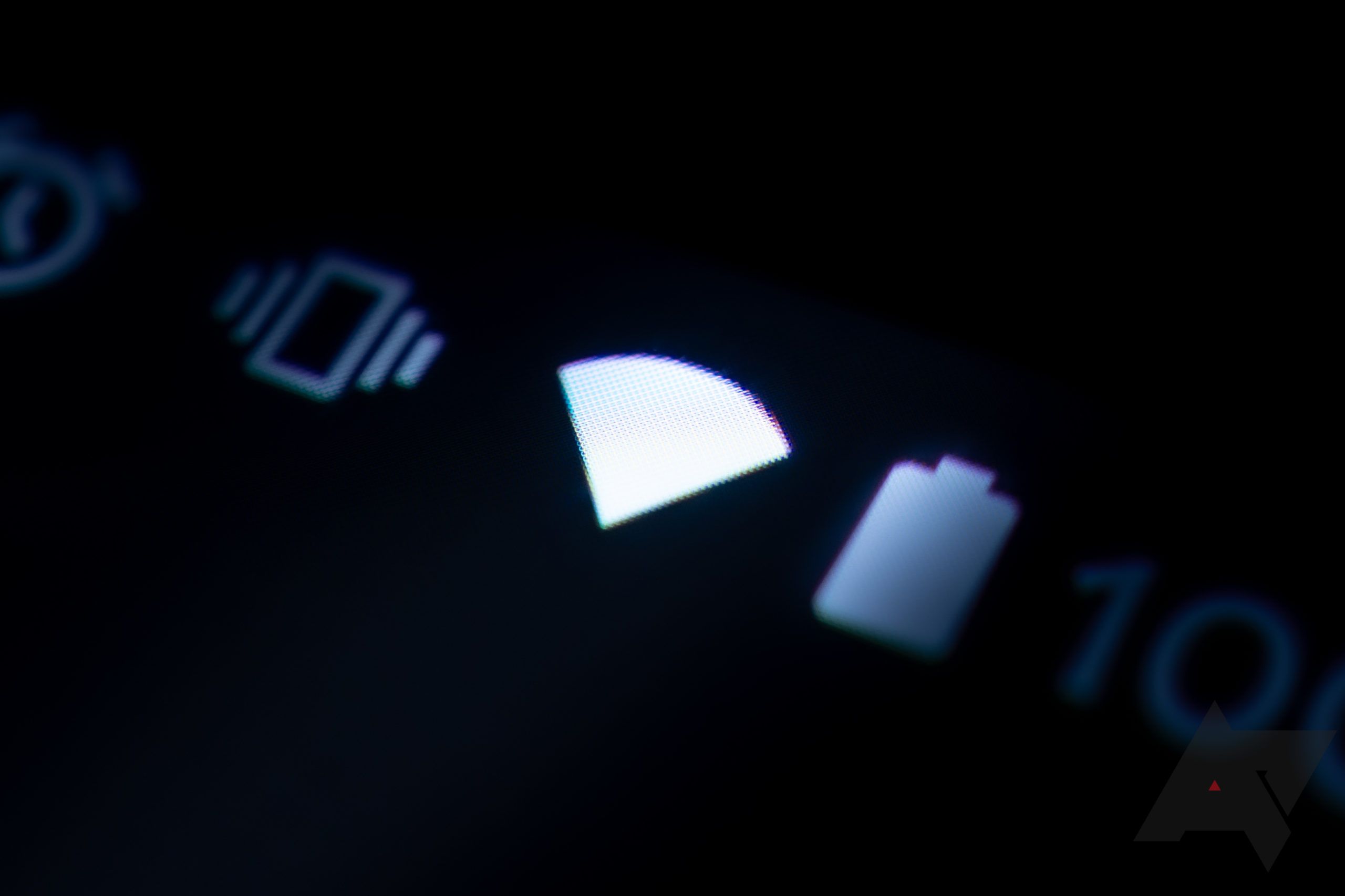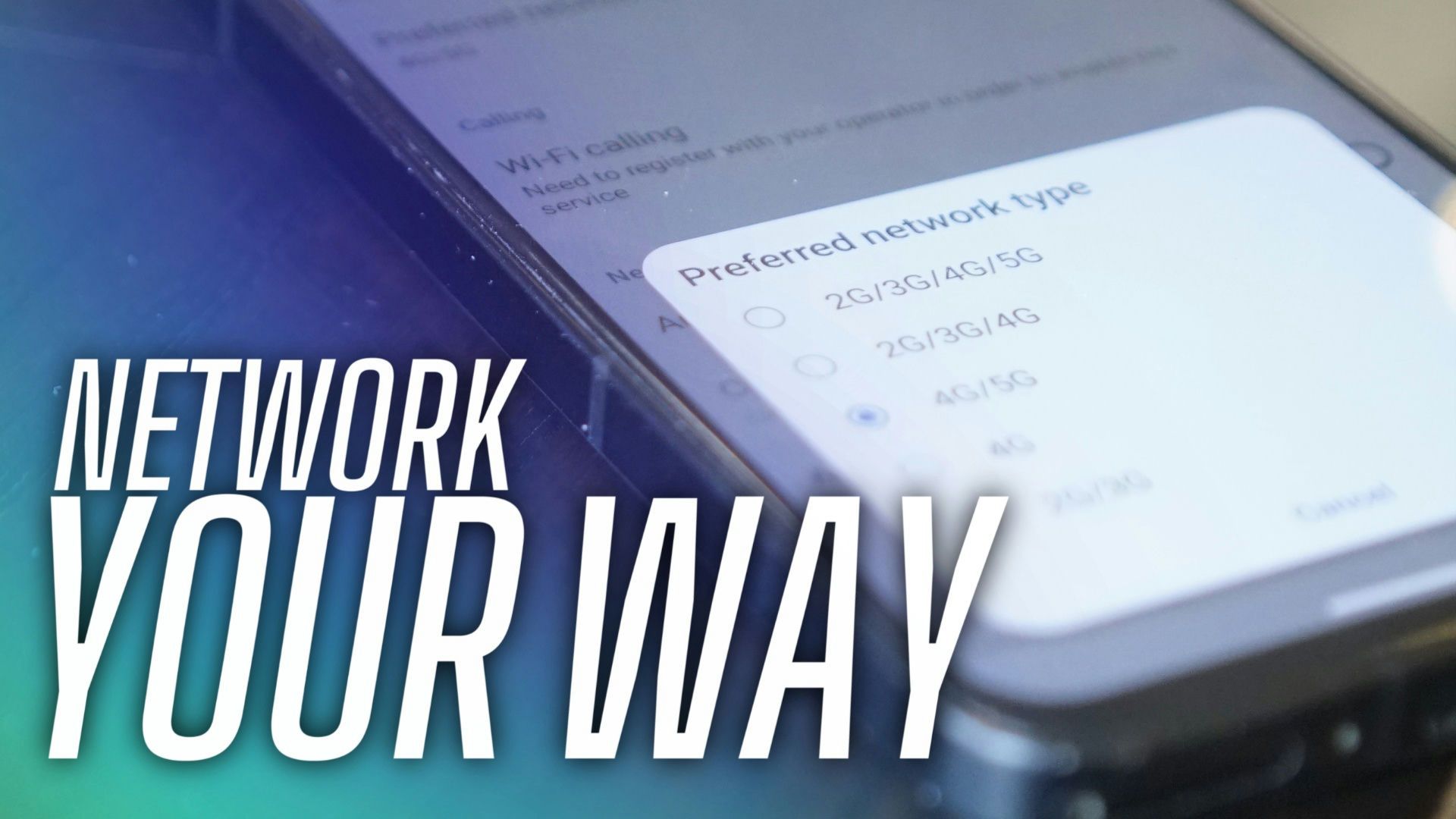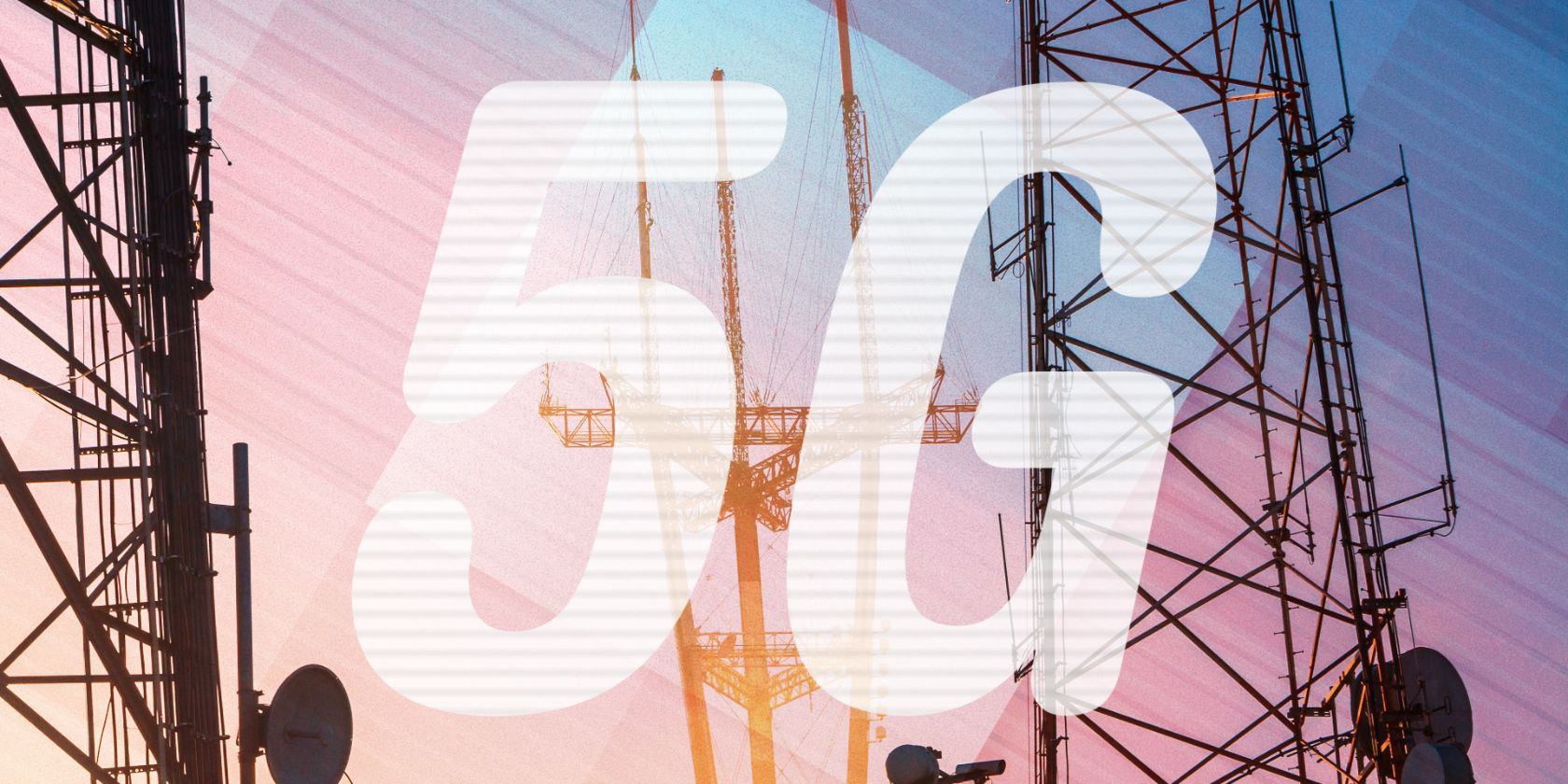In our explanation of what bandwidth means, we said that technology terms don’t have to be a mystery. QAM is a difficult term to wrap your head around, but we explain its history, what it’s used for, and how it works. QAM is fundamental to wireless data transmission and all forms of data transmission.
QAM is the foundation of digital telecommunication, like 5G and the 802.11 Wi-Fi standards. That is why fiber-optic internet is so fast. The development of our digital connectivity was built on QAM, which plays a key role in cable internet, television, and old dial-up modems.
The history of QAM
Quadrature Amplitude Modulation (QAM) isn’t a specific technology. It’s a method for encoding, sending, receiving, and decoding data transmissions. The theoretical groundwork for QAM was to merge concepts from Amplitude Modulation (AM) and Phase Modulation (PM). In the 1960s, researchers began exploring this merger to transmit two AM signals in a single channel.
In the late 70s, the advent of Digital Signal Processing (DSP) microchips allowed for a more sophisticated implementation of QAM. DSP is a technique that uses mathematical functions to manipulate, analyze, and transform digitized signals. While QAM in the 1960s was about sending two AM signals at a time, as digital technology grew, so did the need for more efficient data transmission.
The fastest QAM now is 4096-QAM, also known as 4K QAM. It can reach peak speeds up to 30Gbps and is used for Wi-Fi 7 (802.11be standards). Some of the best Wi-Fi routers came out just this year to support the new Wi-Fi 7 standard. In a relatively short period, 1,024 times more data can be packed into a single channel than when the concepts of amplitude modulation and phase modulation were merged.

What is Wi-Fi 7?
And should you be planning on an upgrade when routers that support it are released?
Varying the modulation of frequency waves can increase data transfer
QAM sends frequency waves of different amplitudes and phases at the same time. A sine wave is a geometric waveform that goes above and below a horizontal line that represents a zero point. It can be closely packed together, with more peaks and valleys, or more spread out with less. The peaks and valleys of the wave are its amplitude. How close or far they are from each other is their frequency. One peak and one valley, from point to point where they cross the horizontal line, is the wave length.
Phase is the location of one waveform’s peaks and valleys in relation to another waveform’s peaks and valleys. Consider two identical waveforms, one directly on top of the other. It looks like there is only one waveform because you can’t tell which one is on top and which one is behind the other. If you move one of the waveforms forward so that its peaks are in the same location as the first waveforms’ valleys, it becomes clear that there are two waveforms.
One of those waveforms is shifted or offset by one-half of its wavelength. The distance across the horizontal line, from point to point, for only one peak or one valley. These two waveforms are considered to be 180° out of phase because one has been offset by exactly one-half of its wavelength or one-half of 360°. Since they are exact opposites of each other, if they are represented as a single modulated waveform in a single channel, they cancel each other out.
Understanding why waveforms are measured by degrees of a circle can seem tricky. This can be visualized by thinking of the second hand of an analog clock rotating for one minute. Let’s say the hand reaches the edge of the clock, that is the radius of a circle. When graphing a waveform, think of a dot at the end of the second hand.
The vertical height of the radius line is graphed on the y-axis, and the angle of the vector (what degree of the circle the dot is at) is graphed on the x-axis. That’s why we talk about phase difference in terms of degrees. If any additional waveform shifts any number of degrees offset from the original, we know there is a second waveform by analyzing the modulated waveform being received.
Visualizing the data transferred with QAM modulation
These modulations are graphed on an x/y diagram called a constellation. When two waveforms are out of phase, it’s called Binary Phase Shift Keying (BPSK). One waveform can be recognized as a 0 and the other as a 1 or a simple binary on/off. To send more data than a 01, a shift of 90° allows for four combinations to be sent: 00, 01, 11, and 10. This is two-bit modulation and is called Quadrature Phase Shift Keying (QPSK).
Two bits of data isn’t very much. To send more, we can change another vector, the amplitude. By changing the phase and the amplitude, we have four number combinations per permutation and 16 total combinations: 0000, 0001, 0010, 0011, etc. This is four bits and is called Quadrature Amplitude Modulation (QAM).
More degrees are available than 90° and 180° and many percentages of amplitude. The more used, the more data can be sent because more unique points can be decoded. The highest QAM modulation order is 4096-QAM, which is 12 bits or 4,096 possible combinations. Since there are technically an infinite number of degrees and amplitudes, what is limiting us? The answer is mostly noise.
All carrier signals have noise and affect QAM. Noise is present in any carrier signal because signals can interfere with each other. Each combination needs enough space between each other to avoid noise interference and potential data loss. The lower the noise floor, the more data can be packed into the signal because there is less interference.

How to force your phone to use LTE or 5G
It’s not easy to do, but some phones allow you to force one network type over the other
QAM hasn’t reached its limits yet
4K QAM isn’t the end. We can go faster. Advanced error correction and adaptive modulation techniques can be improved. One way to address noise issues is to recognize when new noise is introduced and adapt by changing the modulation to compensate. That’s reliant on computing power and advanced algorithms. So, as computer power grows, so does our ability to use more complicated algorithms to encode, send, and decode data. Anything from new materials to a new kind of shielding could potentially reduce noise.
The major changes are likely to occur in error correction technologies. Advanced AI audio processing is discovering new ways to filter and remove noise, reduce distortion, and interpret lost data to fill in the gaps. Even the newest and fastest phones will get an upgrade. So, when you see 6G or Wi-Fi 8 coming out, someone figured out how to cram more data into a QAM transmission signal.





